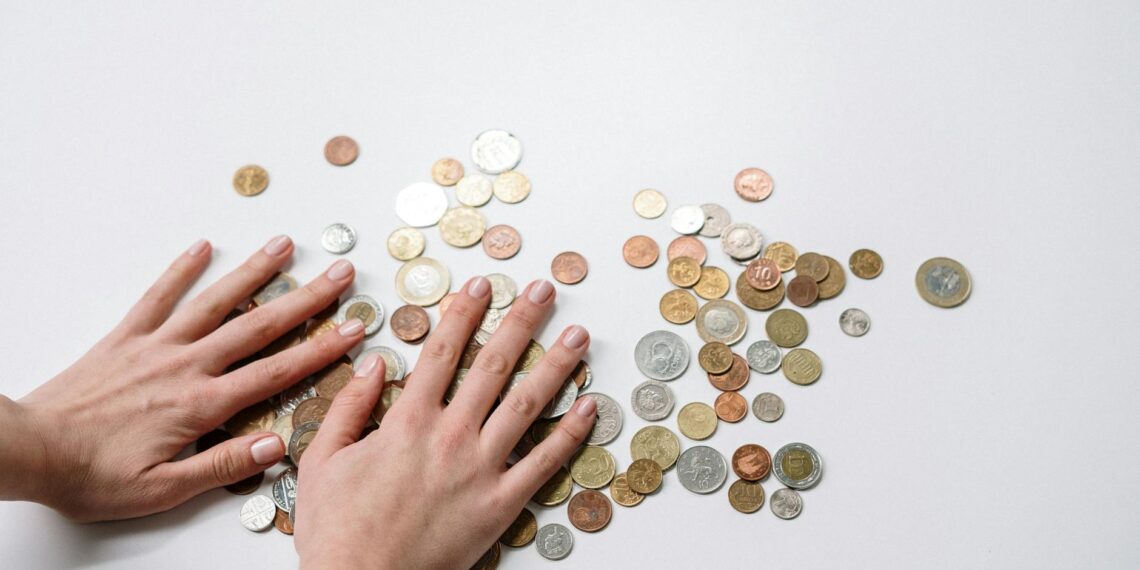The value of a 1960 one-cent coin (Lincoln Penny) can vary considerably depending on several factors, primarily its condition, whether it’s a “large date” or “small date” variety, the presence of a mint mark (P for Philadelphia or D for Denver), and any potential errors or varieties.
In 1960, two distinct varieties of the Lincoln Cent were produced: large date and small date. The large date variety is far more common, while the small date variety is rarer and generally more valuable. The key difference lies in the size and spacing of the numbers in the date, particularly the “0” and “6”.
- Large Date: The numbers are more dispersed, with the “6” often sagging below the baseline of the “1” and “9”.
- Small Date: The numbers are more compact, with a tighter “0” and a smaller gap in the “6”.
- No Mint Mark (P): Coins minted in Philadelphia have no mint mark.
- D Mint Mark: Coins minted in Denver have a “D” mint mark beneath the date.
The condition of a coin is crucial in determining its value. Uncirculated coins, those that have never been in circulation and retain their original luster, are generally the most valuable. Experts grade coins based on factors like:
- Strike: The sharpness of the design details.
- Luster: The coin’s original shine.
- Surface Preservation: The absence of scratches, dents, and other blemishes.
- Coloration: Red (RD), red-brown (RB), and brown (BN) designations indicate the amount of original copper-red color remaining, with red being the most valuable.
Certain errors or varieties can significantly increase the value of a 1960 penny. Some notable varieties include:
- 1960-D Small Date Over Large Date: This variety features a small date punched over a larger one, visible as doubling on the date and “Liberty”.
- [1960-D Small D Over Large D]: This involves a smaller “D” mint mark being repunched over a larger one.
- Circulated 1960 Large Date (No Mint Mark or D Mint Mark): Typically worth face value (1¢) unless in near-perfect condition.
- Uncirculated 1960 Large Date (No Mint Mark or D Mint Mark): Can fetch $5 to $20 or more.
- Circulated 1960 Small Date (No Mint Mark): Can range from $3 to $10.
- Uncirculated 1960 Small Date (No Mint Mark): Can be worth $20 to $100+.
- Circulated 1960-D Small Date: Generally valued between $5 and $25.
- Uncirculated 1960-D Small Date: Can command $50 to $300+.
- 1960-D Small Date Over Large Date: Highly sought after, particularly in uncirculated condition, with some having sold for thousands of dollars at auction.
In conclusion, while many 1960 Lincoln cents are worth only their face value, certain varieties and coins in high-grade, uncirculated condition can be quite valuable to collectors. It’s recommended to have any potentially valuable coins professionally appraised to determine their exact worth.









How much is 1 cent in 1960 worth today?
I can help with that. $0.01 in 1960 is equivalent in purchasing power to about $0.11 today, an increase of $0.10 over 65 years.
What year is penny worth $7000?
The U.S. minted about 7.7 billion pennies in 1983 but only about 5,000 of them have the doubling error. The mistakes and the rarity is what drives the price up, with some of the coins, known among collectors as the 1983 Penny With No Mint Mark, selling for as much as $7,000.